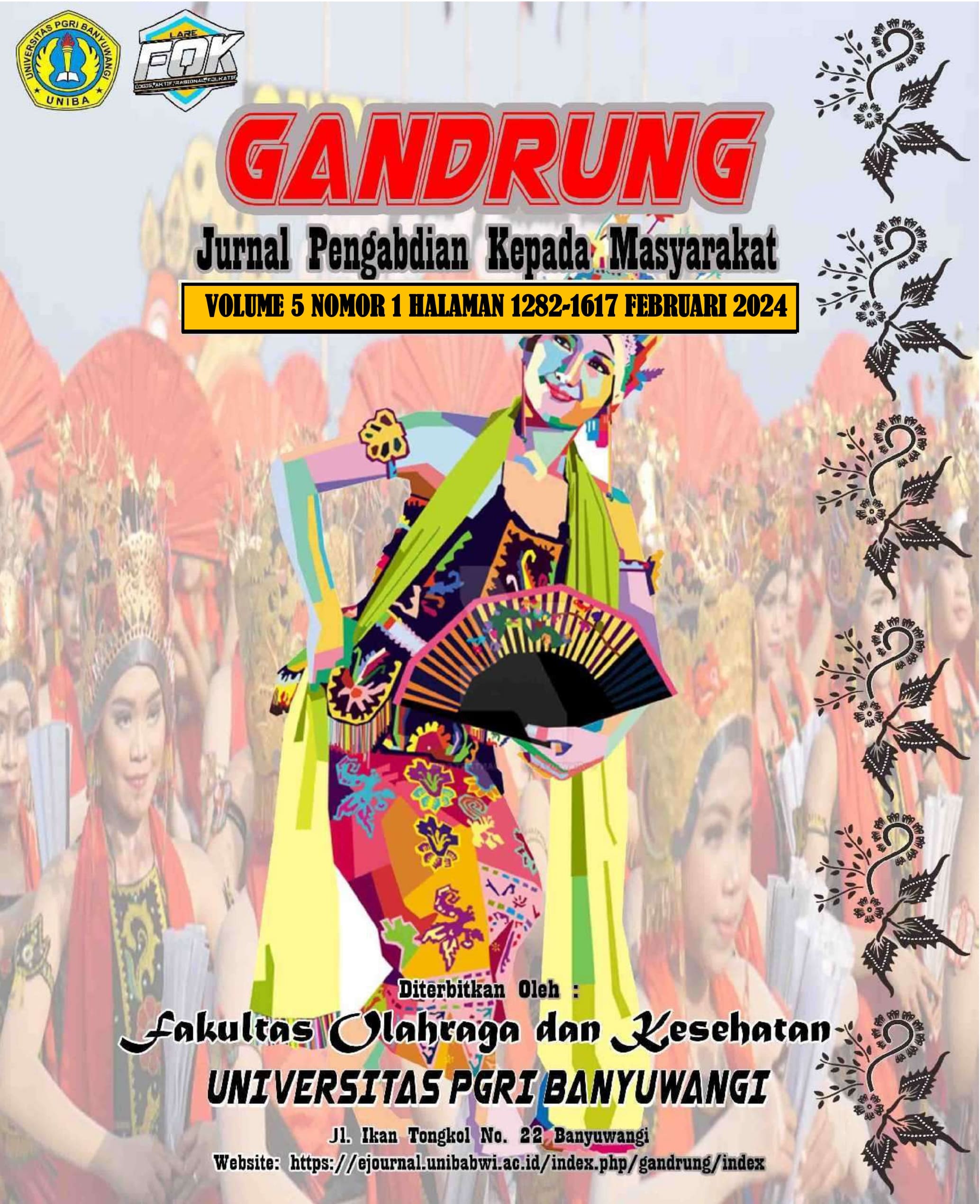Development of the Tourism Industry Using Branding Strategies by Competitive Multimedia in the Digital Era Based on Community Empowerment
DOI:
https://doi.org/10.36526/gandrung.v5i1.3143Keywords:
Branding, Gentan, Promotion, Tourism, Village, SukoharjoAbstract
In a dynamic and ever-evolving digital era, the tourism industry faces the challenge of adapting and innovating to maintain its appeal. In this context, an effective branding strategy becomes crucial. Using or utilising competitive multimedia is one of the keys to achieving this goal. This research investigates the potential for integration between branding strategies through competitive multimedia and community empowerment in developing the tourism industry. Results show that when applied appropriately, competitive multimedia can strengthen identity, increase visibility, and deepen visitors' emotional engagement with tourism destinations. However, some technical challenges must be overcome, especially regarding the quality of promotional content. To overcome the problem, the proposed solution involves local communities deeply understanding the region's cultural richness and uniqueness in content production. With adequate training and access to the appropriate tools, communities can create content that is not only high quality but also authentic and rich in local narratives. Thus, this approach improves branding quality and promotes inclusive and sustainable tourism development. The main conclusion from this research is that the combination of multimedia technology and community empowerment can be a cutting-edge strategy for branding and promoting the tourism industry in the current digital era.
References
Fasiha, R. A. (2023). Berkarya dan Bercerita melalui Fotografi Ekspresi. IMAJI :Film, Fotografi, TV dan Media Baru, 14(2), 128–135. https://doi.org/10.52290/i.v14i2.112
Itah Masitah. (2019). Pengembangan Desa Wisata Oleh Pemerintah Desa Babakan Kecamatan Pangandaran Kabupaten Pangandaran. Jurnal Ilmiah Ilmu Administrasi Negara, 6, 3. https://jurnal.unigal.ac.id/index.php/dinamika/article/view/2806
Kartinawati, E. (2015). Film Dan Konstruksi Citra Politik. Komunikasi Massa, 7(2), 133–176.
Kartinawati, E., & Purwasito, A. (2020). Pemanfaatan Iklan Layanan Masyarakat (ILM) Guna Meningkatkan Hasil Penghimpunan Dana Organisasi Nirlaba Lembaga Amil Zakat (LAZ) Solo Peduli-Surakarta. Jurnal Abdimas BSI: Jurnal Pengabdian Kepada Masyarakat, 3(1), 1–11. https://doi.org/10.31294/jabdimas.v3i1.5566
Kartinawati, E., & Purwasito, A. (2021). Preference of media politics and beginner voter trust in Surakarta. Journal of Social Studies (JSS), 17(1), 79–94. https://doi.org/10.21831/jss.v17i1.39147
Komariah, N., Saepudin, E., & Yusup, P. M. (2018). Pengembangan Desa Wisata Berbasis Kearifan Lokal. Jurnal Pariwisata Pesona, 3(2), 158–174. https://doi.org/10.26905/jpp.v3i2.2340
Maryam, Siti Maryam; Hartono, Sri; Kustiyah, Eny; Yusnia, N. A. Y. T. A. Y. R. (2021). Pencegahan dan Penanggulanggan Covid-19 di Desa Gentan Kecamatan Baki Kabupaten Sukoharjo. Budimas : Jurnal Pengabdian Kepada Masyarakat, 03(01), 62–70. https://jurnal.stie-aas.ac.id/index.php/JAIM/article/view/1948/955
Sugiarto, A. (2005). Paparazi : Memahami Fotografi Kewartawanan. Kompas Gramedia.
Susanto, N., Badri, H., Dinata, W. W., & Wijanarko, T. (2023). The Development of a Creative Program for Digitizing the Potential of Tourism Villages through Sport Tourism in Singkarak Lake , Solok Regency. Gandrung, 4(2), 979–985. https://ejournal.unibabwi.ac.id/index.php/gandrung/article/view/2152/1776
The, O. F., Geopark, G., Yuliati, U., Istiqomah, S., Sugiarti, R., Hastuti, T. K., Wijayanto, N., Sejarah, P. S., Budaya, F. I., Maret, U. S., Manajemen, P. S., Ekonomi, F., & Maret, U. S. (2022). Preparation of Human Resources in The Development. Abdimas Galuh, 4(1), 123–138. https://jurnal.unigal.ac.id/abdimasgaluh/article/view/6881/4736
Yuliati, U., Sugiarti, R., Hastuti, T. K., & Istiqomah, S. (2020). Pengembangan Geowisata Berbasis Folklore Di Desa Gentan Kecamatan Bulu Kabupaten Sukoharjo. Konferensi Pengabdian Kepada Masyarakat Dan Corporate Social Responsibility, 3, 990–999. https://prosiding-pkmcsr.org/index.php/pkmcsr/article/view/779/564
Downloads
Published
How to Cite
Issue
Section
License
Authors retain copyright and grant the journal right of first publication with the work simultaneously licensed under a Creative Commons Attribution 4.0 International License that allows others to share the work with an acknowledgement of the work's authorship and initial publication in this journal.











.jpg)


_logo.png)


